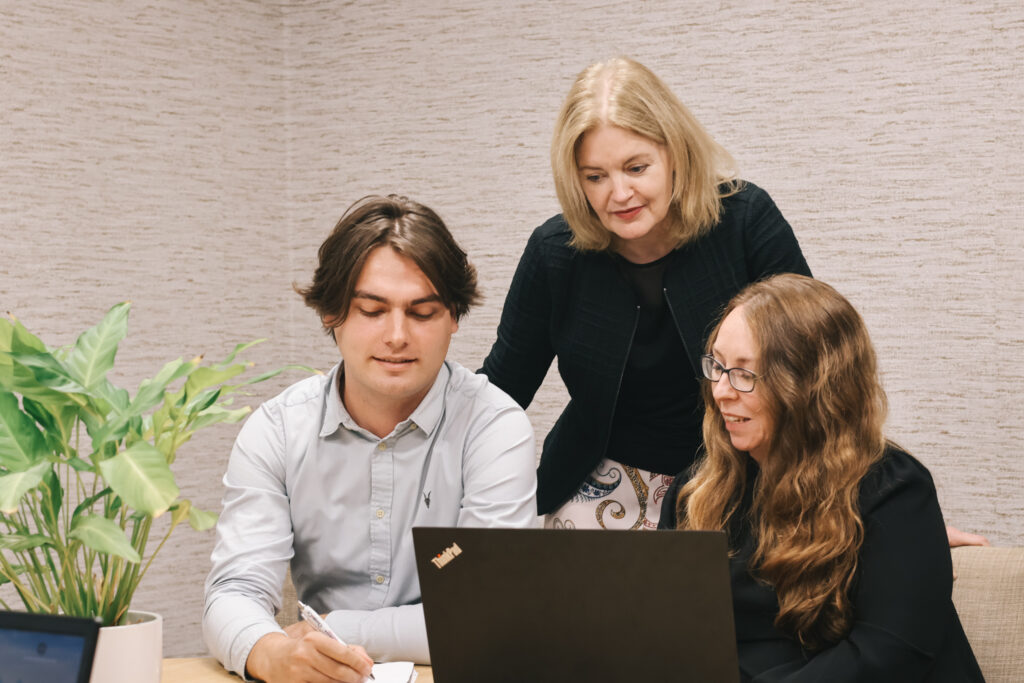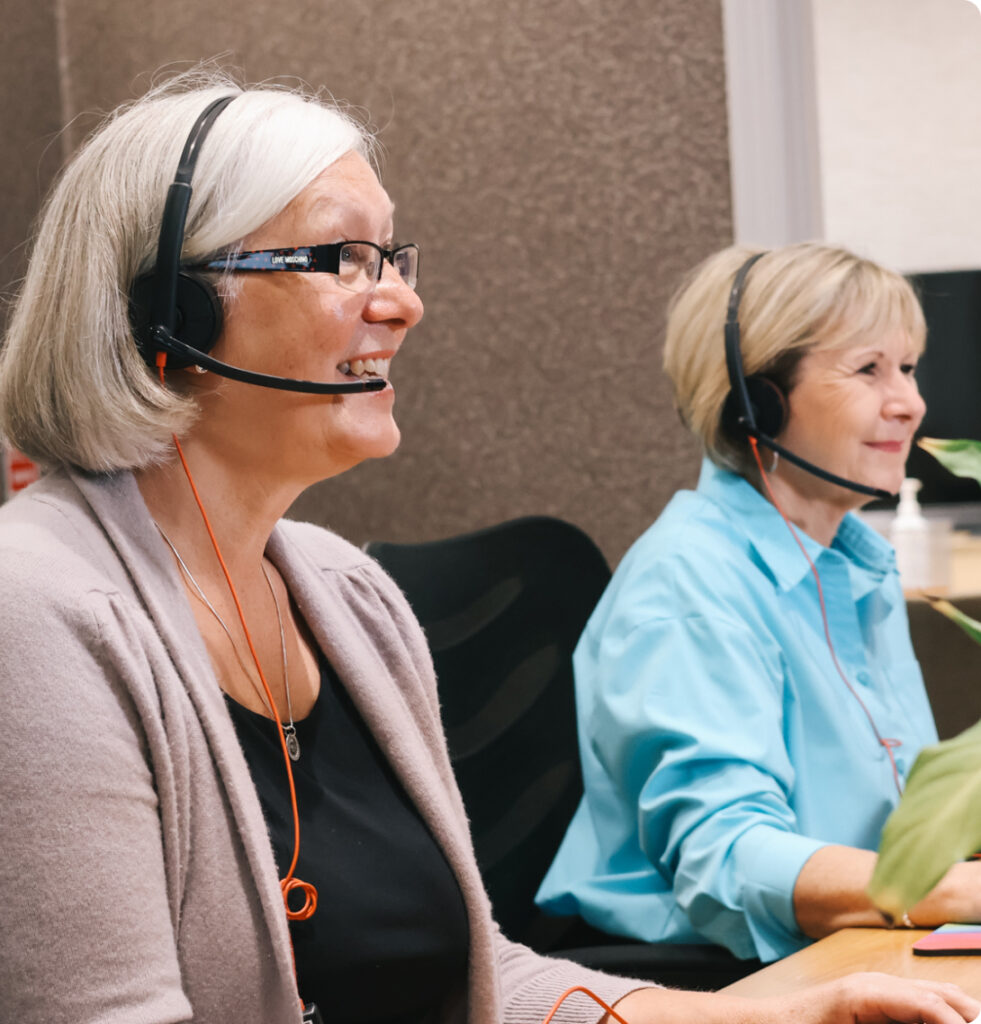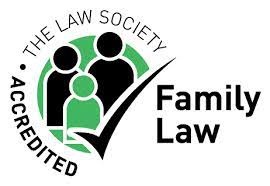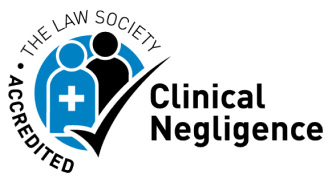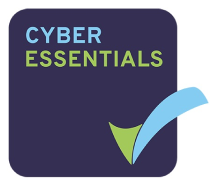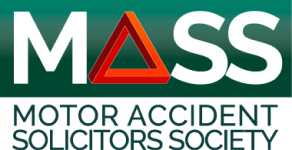If you own a leasehold property or are thinking about owning a leasehold property, you will usually have to deal with a Management Company who can collect things such as ground rent and service charges, as well as undertake fire risk assessments and organise the insurance of the building.
If you are selling, you will be required to obtain a managment/seller’s pack from the management company to provide to the buyer’s solicitors.
If you are buying a leasehold property, you will need to ensure that your lender is aware. We will also need to provide details to the management company on completion.

